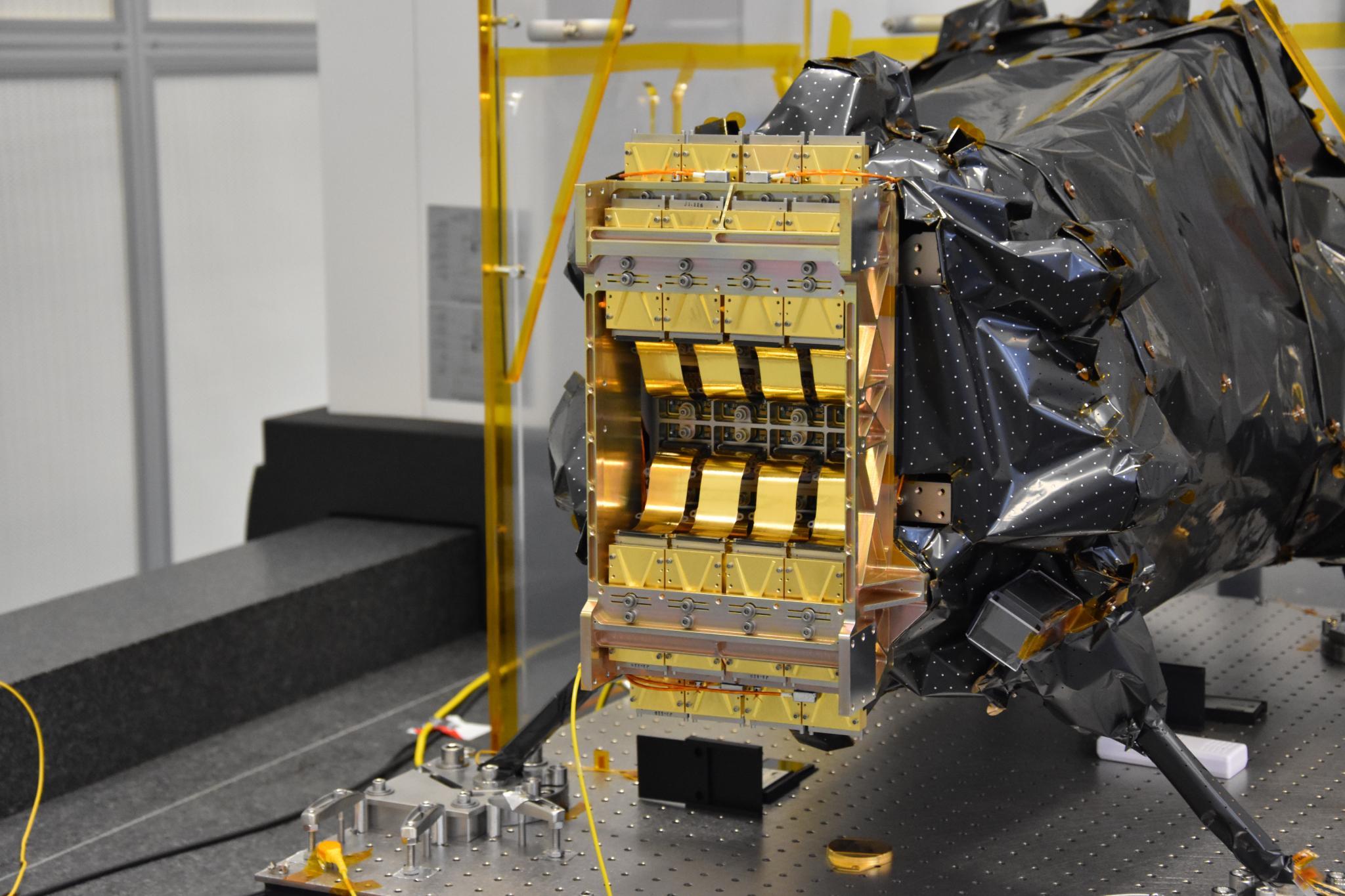
Two of the biggest mysteries in astronomy are dark matter and dark energy. But soon a project from the European Space Agency (ESA), the Euclid mission, will attempt to unravel some of the puzzles over these forces.
Dark energy is a force theorized to exist to explain the movements of distant galaxies. When astronomers observe far-off galaxies, they see that they are speeding away from us at a greater speed than would be expected. The universe itself is expanding and is doing so at a faster and faster rate. But we still don’t know why this is, so theorists named the mysterious force affecting the universe dark energy. It is believed that 68% of the universe is composed of dark energy.
To understand more about this phenomenon, the ESA is constructing the Euclid space telescope to perform a survey of billions of distant galaxies, observing their movements. The hope is that with a large sample of galaxies to observe, scientists will be able to narrow down the possible explanations for dark energy.
Euclid will investigate dark matter as well — the theorized particle which makes up roughly 80% of the matter in the universe and which explains the movements of the stars. Dark matter can’t be seen, so Euclid will look for the effects of its gravity on the distant galaxies instead.
In order to create Euclid, the ESA is getting some help from NASA to build highly sensitive components. NASA engineers designed and built 20 pieces of sensor-chip electronics (SCEs) hardware for the telescope which must operate in the freezing temperatures of space, at minus 213 degrees Fahrenheit (minus 136 degrees Celsius). In the image above you can see the gold sensor chips which have been integrated with the infrared sensors.
“Even under the best of circumstances, it is extremely challenging to design and build very sensitive and complex electronics that function reliably at very cold operating temperatures,” Moshe Pniel, the U.S. project manager for Euclid at JPL, who led the team that delivered the sensor-chip electronics, said in a statement. “This truly remarkable team, spread across two NASA centers, accomplished this task under intense schedule pressure and international attention.”
The Euclid telescope is scheduled for launch on a Soyuz ST 2-1b rocket from Europe’s Spaceport in French Guiana in June 2022.



